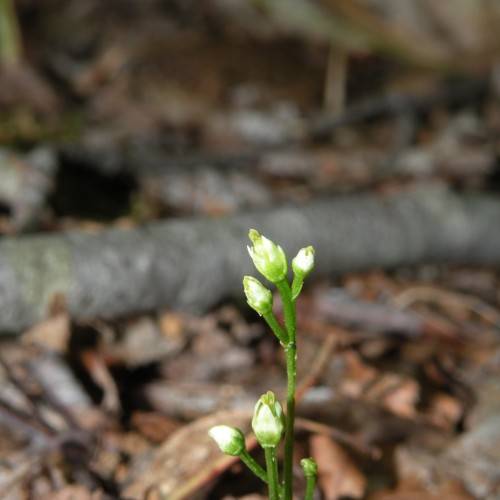
Twining Bartonia
Bartonia paniculata subsp. iodandra
Watering:
Frequent
Hardiness Zone:
Sun:
full sun,part shade
Leaf:
Yes
Growth Rate:
Low
Salt Tolerant:
Yes
Care Level:
Medium
watering
Twining Bartonia (Bartonia paniculata) should be watered deeply but infrequently, about once every week or 2 during the summer months. Do not water so much as to cause the soil to become saturated or soggy, as these plants do not like having wet feet. Make sure that each watering allows the soil to partially dry out before re-watering. During the winter months, watering should be reduced and performed only as needed to keep the soil from completely drying out.
sunlight
Twining Bartonia (Bartonia paniculata) is a shade-loving plant species that prefers indirect sunlight to direct sun. During the summer, it tends to prefer full shade, while in the spring and fall it can tolerate a few hours of direct sunlight in the early mornings or late evenings. This plant does not appreciate too much direct sun and can scorch or become limp if exposed to too much sunlight. When growing this species, it is best to keep it in an area that receives bright, indirect sunlight all day.
pruning
Twining Bartonia (Bartonia paniculata) should be pruned in late-summer after flowering is complete. Pruning should remove old and dead stems and can be done using bypass pruners or scissors for small plants. Pruning encourages new growth and flowering. Larger specimens should be lightly pruned to keep the plant size in check, removing the oldest wood and long unbranched stems. Pruning should be limited to 1-third of the total biomass at any 1 time, which will help the plant maintain a healthy shape and structure.
